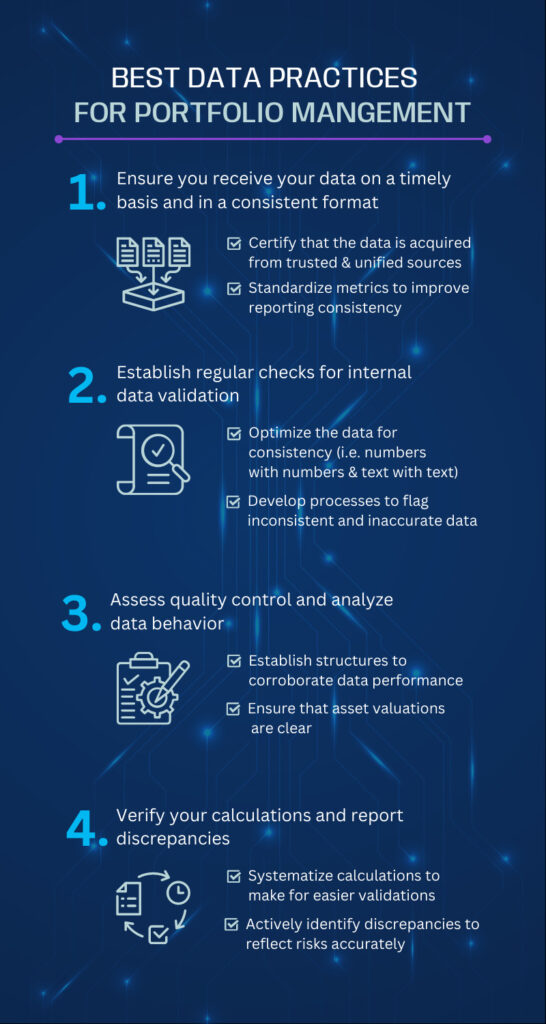In the wake of the global financial crash and subsequent regulatory scrutiny, publicly sold asset-backed securities (ABS) have become relatively unique within complex fixed income for the transparency provided to the end investor. Today, anyone can scrutinize loan-level data on repayments, arrears, and defaults for publicly traded ABS.
As a result, investors are able to rely on their own analysis of the collateral backing transactions and conduct bespoke modeling of loan performance. Yet, while the data may be at investors’ fingertips, without appropriate portfolio management software and data management automation, wading through these deals can be both difficult and time-consuming.
When it comes to private ABS trades, securities are not distributed publicly via a syndication process and prices are not disclosed to the market. The lack of ratings forces investors to apply their own internal or “shadow” ratings, and it is important to question whether these accurately reflect the risk. Complex financing requires complex financials, much of which come in unstructured, non-standardized formats and must comply with deal-by-deal reporting requirements.
Investors may set out to adhere to portfolio management best practices, but receiving deal data from multiple sources can test even the most robust quality assurance. Throughout the lifecycle of a deal, the creation of duplicate records can pose challenges for investors who must reconcile the data or face substantial, unexpected risks.
Waves of Data Inaccuracy Make Choppy Waters for Cash Flow Modeling and Performance Projections
When it comes to effective portfolio management, poor data quality can lead to flawed analysis and incorrect revenue projections. If deals don’t perform as projected (within reason), investors can quickly lose trust in the issuer or shift their focus away from the underlying assets acting as collateral. Once issuers lose the faith of their investors, it can take a lot of concessions (including discounts to management fees) to return to good footing.
Whether it is publicly or privately sold, when it comes to high-grade ABS, funds require a rigorous, disciplined investment process in order to deliver precision and diversification. However, all of these efforts can be undermined by poor data integrity. Investor confidence is based on the quality of data available for risk analysis and trust is quickly eroded if investors are forced to do costly, manual reviews of the data they receive. Both funds and investors alike need to be able to swiftly identify incorrect data, and remediate the sources or calculations that are providing it.
So what can be done?
Portfolio Management Best Practices for Better Data

Adopting the Right Technology Can Chart Your Path to Calmer Waters
Ultimately, disparate, incongruent, and non-standardized data presents issues in both cash flow projection modeling and performance reporting, but there is a solution. Designed for complex ABS, portfolio management software enables you to model deals, analyze your portfolio, and collaborate with stakeholders on an interactive, cloud-based platform. The right technology will automatically:
- Normalize all of your data and produce clean, structured data for processing, analysis and comparison with other deals or asset class performance.
- Run models and perform cash flow analysis
- Double-check calculations and flag inaccuracies or inconsistencies.
When investing in ABS, poor data quality often carries heavy costs including financial, productivity, opportunity cost, and reputational damage. Combining portfolio management best practices with the right portfolio management software will ensure that your reporting is robust and your investment decisions are well-founded.Learn more about how T-REX’s Managed Data Services can transform your data allowing you to streamline your workflow and uncover the insights that drive better decisions.
